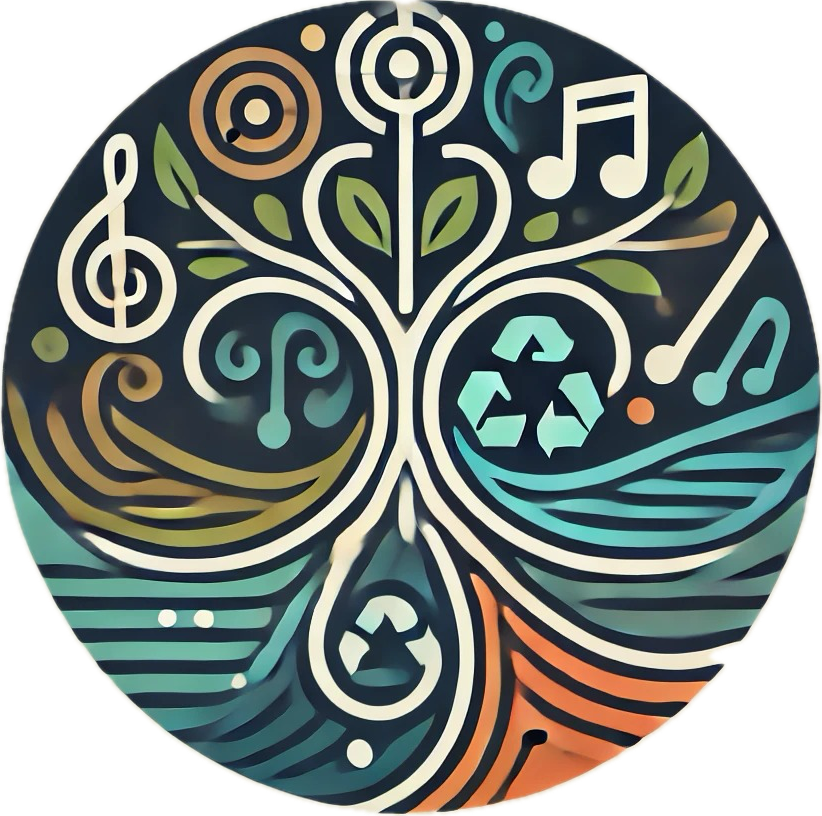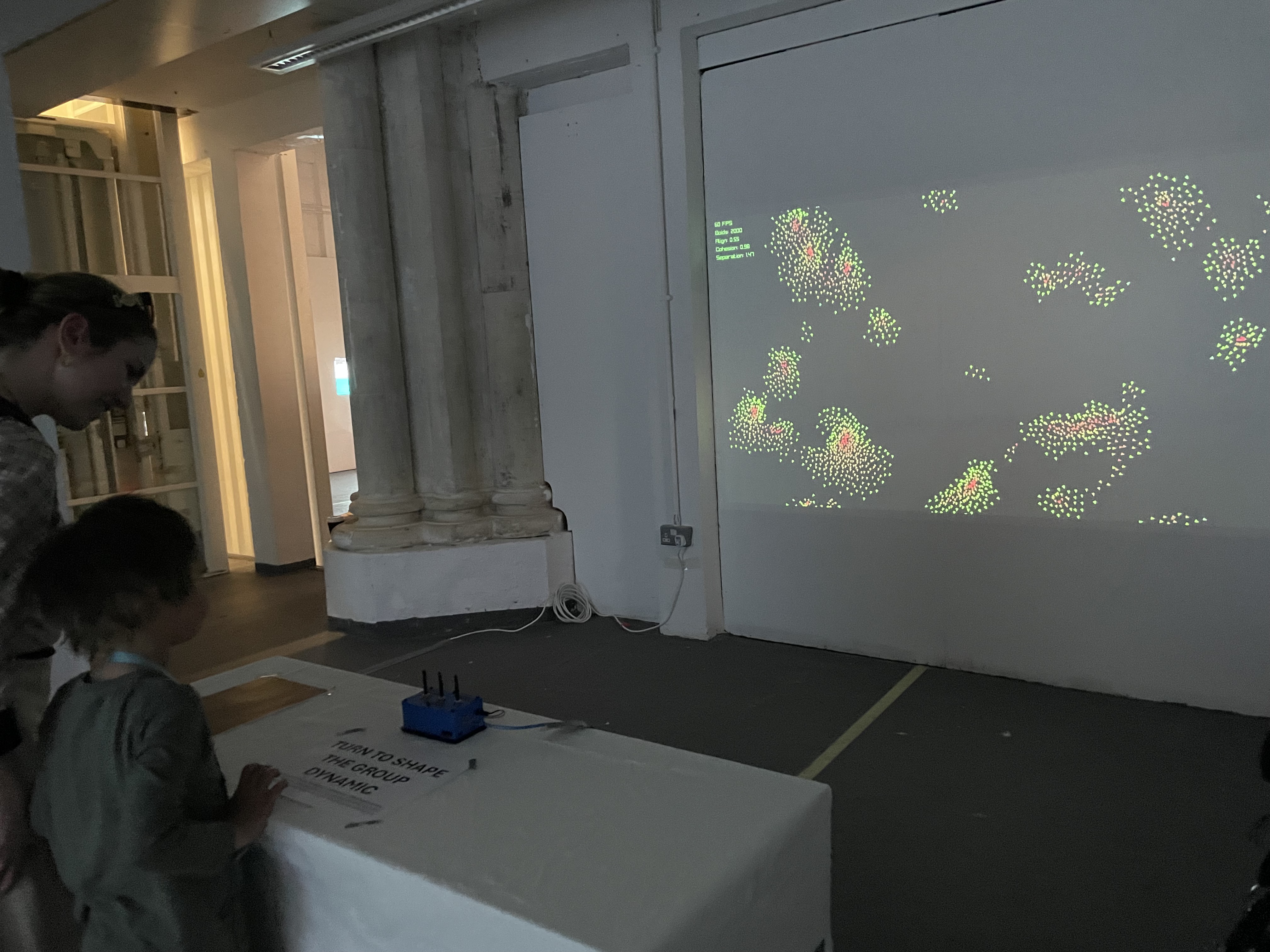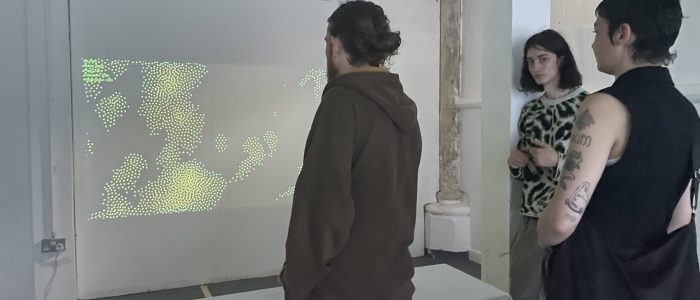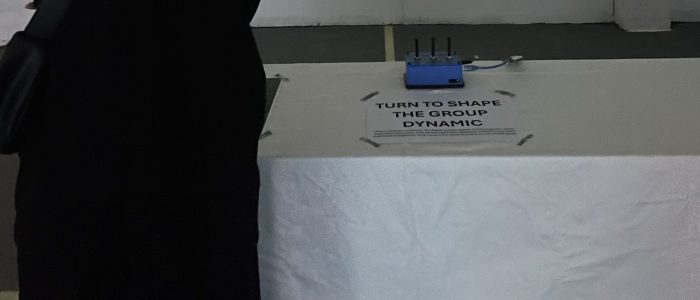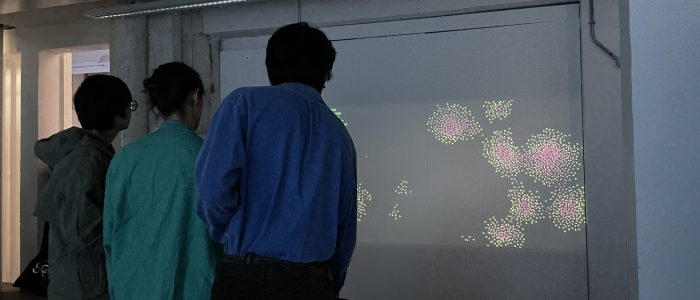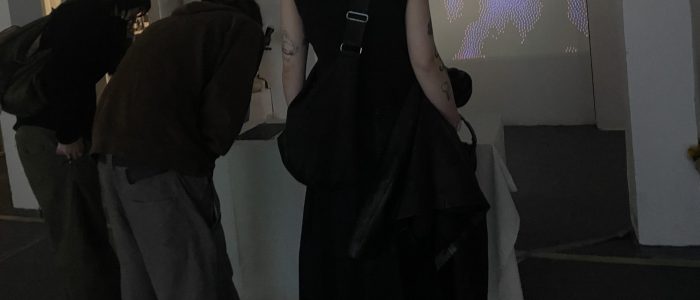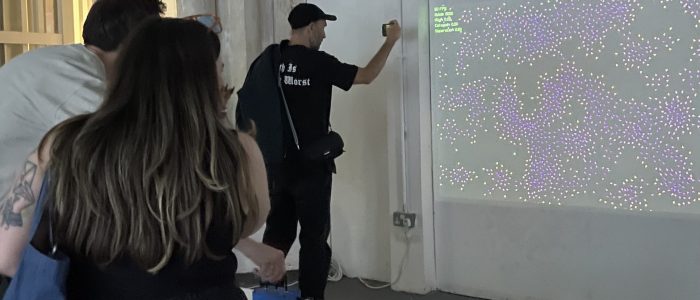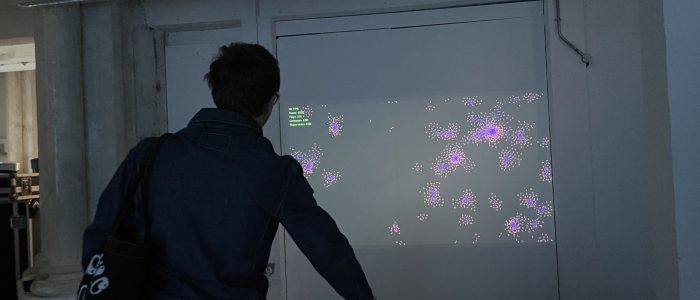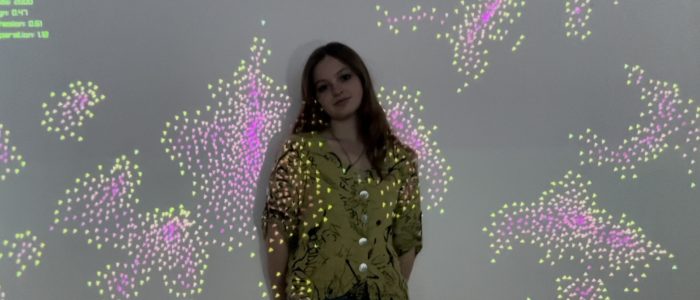AGENCY WIHTIN THE NETWORK
Each actor makes decisions based on local interactions; with its neighbours, surroundings and in this case, you.
Boids by Craig Reynolds, is an algorithm that shows the flocking behaviour of birds and other group phenomena. This artificial program offers a basic understanding behind the complexity of swarm intelligence and demonstrates how basic rules can lead to complex, emergent behaviours.
When modelling Boids flocking behaviour the swarm must fulfil three main criteria: separation, cohesion and alignment. These are the core aspects of behaviour seen in natural swarms.
When cohesion increases, the digital entities gather closely together; when separation takes over, they spread apart into individual elements; and when alignment strengthens, they move in the same direction as one unified group.
These shifting patterns mirror how physical and social spaces fragment and reconfigure under external pressures, demonstrating the flexibility of decentralised decision making in the face of new, evolving landscapes.
